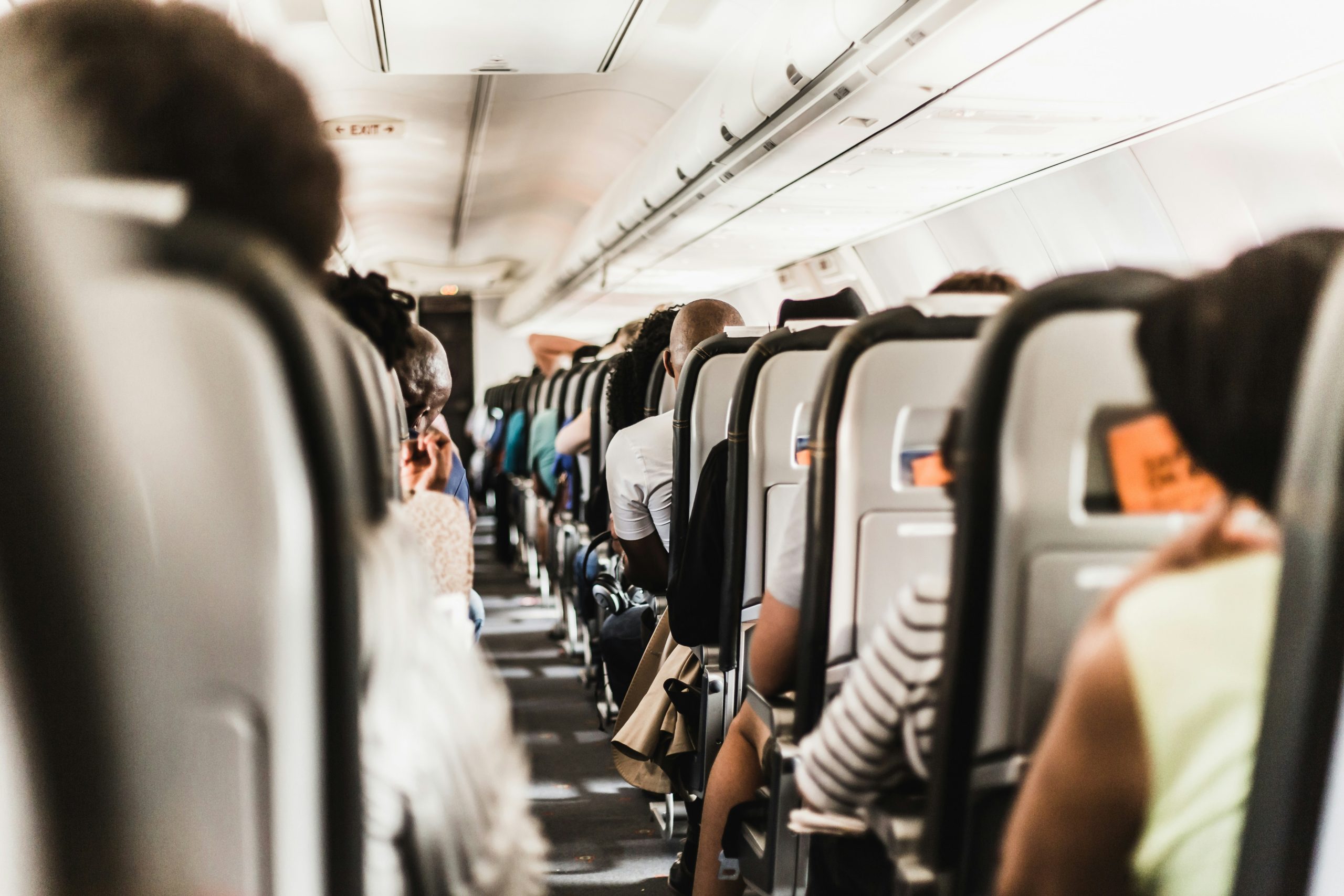Table of Contents
Domestic travel means exploring destinations within a country’s borders rather than going abroad. It includes city breaks, beach holidays, rural retreats, and cultural tours without crossing international boundaries. It’s about uncovering the diversity of landscapes, cultures, and attractions in your own country — avoiding the logistical hurdles of international trips.
In the United States, domestic travel can take you from the bustling streets of New York City to the majestic vistas of Yellowstone National Park or from the historic landmarks of Boston to the sunny beaches of California across all50 states, territories, and possessions of the U.S., including Puerto Rico and Hawaii.
Demystifying Domestic Travel Basics
Domestic travel involves traveling within the same country, including short hops between nearby towns and longer journeys. It’s the simplest form of travel, requiring minimal planning and documentation, making it convenient for many travelers.
Domestic vs International Travel: Key Differences
One key difference between domestic and international travel is that domestic trips avoid customs and immigration processes. International travel requires a passport and adhering to the destination country’s entry regulations.
Domestic Departures and Arrivals Explained
Domestic departures and arrivals occur in separate terminals from international flights to streamline security and jurisdiction. Unlike international trips, domestic journeys do not involve customs and immigration, simplifying travel.
Navigating Domestic Flights

Understanding domestic flight basics is key for traveling within a country. Flying is faster than driving, albeit more expensive – though still cheaper than international flights.
What Is a Domestic Flight?
A domestic flight operates within a country’s borders, connecting cities and regions. It offers a practical and cost-effective means of travel without the additional fees and documentation of international routes.
Understanding the REAL ID Act for Domestic Flights
The REAL ID Act affects domestic air travel by setting standards for state-issued IDs and driver’s licenses. Starting May 7, 2025, travelers will need a REAL ID-compliant form of identification for all U.S. flights, ensuring higher security.
Estimating Arrival for Domestic Flights
When estimating arrival times for domestic flights, consider boarding procedures, layovers, and time differences between the origin and destination. Plan for these variables to ensure timely arrivals.
A Closer Look at Domestic Travel Examples
Examples of domestic travel include a flight from New York City to Los Angeles or bus travel from San Francisco to Seattle within one country’s confines. This is unlike a trip to the Virgin Islands, for example, which requires crossing national borders.
Domestic Tourism in the U.S.: What Counts as Domestic Travel?
Domestic travel in the U.S. includes movement within the 50 states, like visiting national parks or taking a business trip. This differs from foreign travel and does not require a passport or crossing an international border.
Puerto Rico, Hawaii, and Beyond: Navigating Borderline Cases
Travel to places like Puerto Rico and Hawaii is considered domestic air travel within the United States because they are U.S. states or territories.
Domestic Travel: Documentation and Regulations
Domestic travel documentation is simpler than for international trips, typically requiring only a state-issued ID or driver’s license. However, travelers must be aware of upcoming changes to comply with new regulations like the REAL ID Act.
Identification Essentials for U.S. Domestic Travel
For U.S. domestic travel, the primary identification essentials include a state-issued ID or driver’s license. These documents suffice for boarding domestic flights, making travel within the country straightforward.
Is a REAL ID mandatory for domestic travel now?
The REAL ID is not currently mandatory for domestic travel, but it will be after May 7, 2025. A REAL ID-compliant state-issued ID or driver’s license will be required for any U.S. domestic or international flight.
Domestic vs Trans-Border and International Travel

Domestic travel is different from trans-border and international trips. Trans-border and international trips mean crossing a country’s borders and require more documentation, like a passport. Understanding these differences is crucial for travel planning and compliance with entry regulations.
Domestic Travel vs International Trips
Crossing national boundaries to neighboring countries is considered international travel. Trips from the USA to Canada or Mexico are trans-border, international travel, requiring a passport and sometimes a visa, unlike domestic trips that require an ID card only. This type of travel follows international protocols even though we share a border.
Differences Between Domestic and International Air Travel
International travel requires additional documentation like passports and visas, while domestic flights only need an ID card. International travel involves extra expenses and planning for visa applications, while domestic air travel avoids these costs. The logistical and regulatory differences highlight the contrast between flying within one’s country and going abroad.
Embarking on Your Next Domestic Journey: Final Thoughts
Domestic travel is an opportunity to explore one’s homeland. Discover the wonders of your own country by embarking on domestic travel. It’s an affordable way to explore familiar yet surprising destinations without the hassle of international logistics. From adventurous escapes to relaxing retreats and cultural experiences, there’s a domestic destination perfect for you. Pack your bags, grab your ID, and set off to uncover hidden gems just a drive or short flight away.




